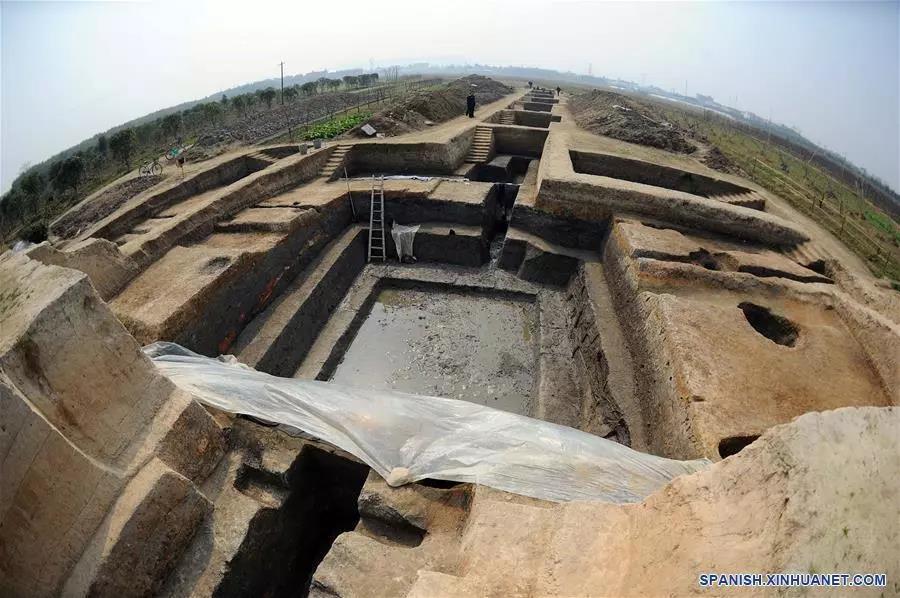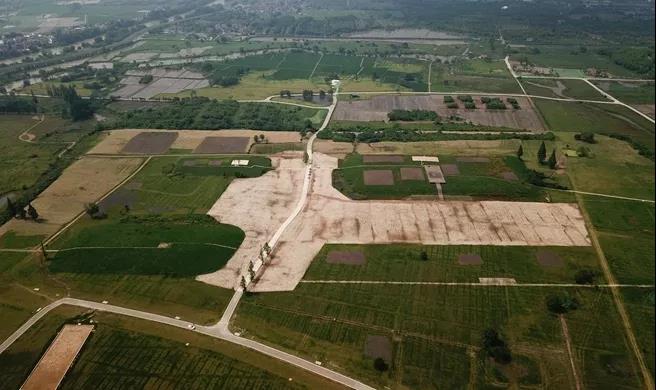
On July 6, the 43rd World Heritage Conference was held in Baku, the capital of Azerbaijan, announced that the Ruins of the Ancient City of Liangzhu in China were successfully selected for the World Cultural Heritage List. This news has become the hottest topic in Chinese cultural circles in recent days.
It is neither the first nor the second time that some archaeological discoveries of China enter the World Cultural Heritage List. To cite a few examples, Dunhuang, the Terracotta Warriors and the Ruins of the Yin Dynasty entered the list ten to twenty years ago, and in recent years have been the Tusi Ruins of Hunan, Hubei and Guizhou. However, the Ruins of Liangzhu, the 55th China's World Heritage Project, has caused more impact in Chinese academic circles than in the past. Why?
From the perspective of historical research, the archaeological discoveries of China that entered the World Cultural Heritage List previously belong to archaeological remains of historical periods with records, that is, the "history of books",which is the one that includes the archaeological finds of the last 3,500 years. The Ruins of Liangzhu are about 5,000 years old, and belong to the archaeological remains of China's "mouth to mouth story", of which there are no records. The successful entry of the Liangzhu Ruins into the list has encouraged the Chinese archaeological community.
Until modern archeology arrived in China,Western experts basically did not believe in the records of the archives in the Shang Dynasty and in the previous history. Many Chinese scholars were also skeptical.

After almost one hundred years of hardwork, Chinese archaeologists have not only used a series of dizzying discoveries to make the history of the Shang dynasty a history of books, but many new discoveries that took place before the Xia dynasty have been sufficient to allow the academic community to deepen more and more in the understanding and research of Chinese civilization.
In the early 1980s, the famous expert Li Xueqin wrote a special article calling for a re-evaluation of the ancient Chinese civilization. Then, under the guidance of a group of master archaeologists such as Su Bingqi, Zhang Zhongpei and Yan Wenming, the excavations and achievementsof the first archaeological sites of the ancient civilization have been in creasingly fruitful.
In the documents of presentation for the inclusion of the Ruins of Liangzhu in the list it appears directly that the site is part of the remains of the ancient Chinese civilization from 5,000 years ago. According to relevant reports, when Xi Jinping worked in Zhejiang,he visited the Ruins of Liangzhu twice and emphasized: "The Ruins of Liangzhu are a sacred place to demonstrate the existence of 5,000 years of the history of China's civilization."
Both the theoretical methods and thetechnical means in modern Chinese archeology all come from the West. Until today, we are still absorbing new foreign methods and new techniques, which do not prevent us from forming our own characteristics through absorption,practice, digestion and innovation.
In the last 100 years, Chinese archaeological excavations have been completed independently by Chinese scholars, and their methods, theories and technical ideas have been highly recognized by their international counter parts.

Archaeological sites such as the Ruins of Liangzhu, which may become World Heritage sites, are not uncommon in China,such as the discoveries of Shijie, Taosi, Erlitou, Sanxingdui and Haiyin Hou.All these discoveries form the basis and the efforts of Chinese archaeologists,who dare to request the inclusion of Liangzhu in the list, ruins that are part of the 5,000-year-old Chinese civilization.
After several generations of efforts and a lot of discoveries, Chinese archaeologists fully trust their culture and also allow the Chinese to find many roots of their own confidence in the culture.
(Theauthor, Gao Dalun, is the executive director of the Chinese Archaeological Society)